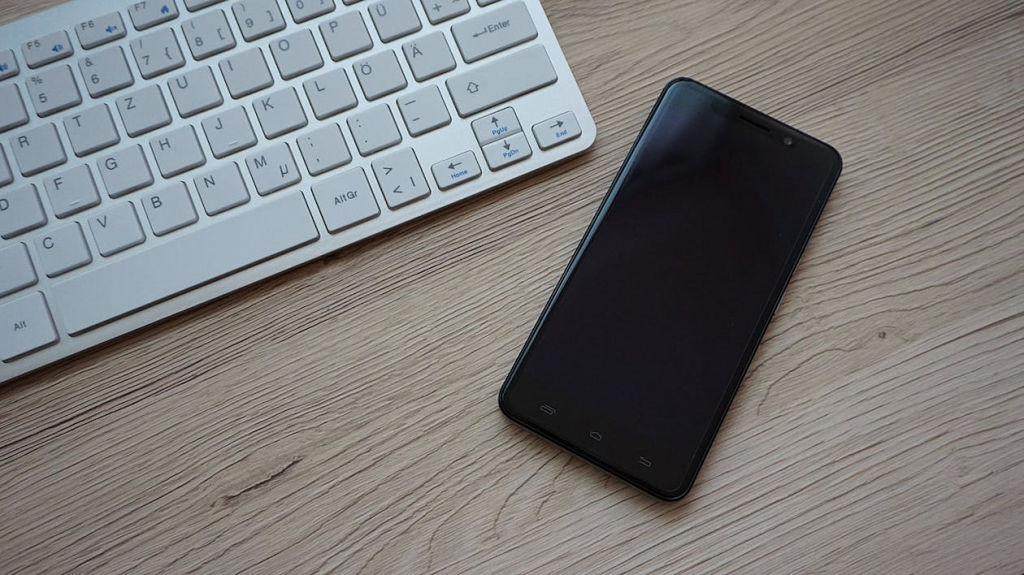- United States Cyber Security Laws Everything You Need to Know - 6 March 2023
- What is Cyber Security Compliance - 6 March 2023
- Best Cyber Security Courses Online - 6 March 2023
During the pandemic, remote work became more of a necessity than a luxury. Many employees were able to take home the equipment they needed for work, many others instead began using their personal devices, implementing so-called Bring Your Own Device policies.
A bring-your-own-device (BYOD) plan is the company’s workplace policies that allow employees to use their personal devices, such as laptops, smartphones, and tablets, for work-related activities.
Why use a BYOD policy

One of the main reasons BYOD policies are useful is that they can save the company money. Instead of buying and maintaining dedicated devices for each employee, the organization can allow employees to use their own devices. Think of the costs associated with purchasing and maintaining dozens of devices, not to mention the costs of providing technical support on them.
Another reason BYOD policies are being adopted is that they have enabled some companies to increase employee productivity and efficiency by taking advantage of the increased familiarity employees possess with their devices. On the one hand, choosing a standardized device model for all employees does not help to benefit from this factor. On the other, opening a different purchasing procedure for each employee requires considerable resources and time.
By implementing a BYOD line, you facilitate the performance of work activities by reducing the learning curve associated with using new technologies.
But it is not only the financial and productivity benefits that drive companies to use these policies. In fact, a BYOD policy can have excellent implications for worker satisfaction and morale. Many people appreciate the flexibility and autonomy that come from being able to use their own devices for work purposes. BYOD policies positively affect satisfaction in the case of companies whose employees proactively embrace decisions that increase the responsibilities placed on them.
More satisfied employees at a lower cost seems an ideal combination for any business. Too good to be true? In the next section we will see why BYOD is a management mode that, despite its popularity, should be adopted with some caution.
Caveat of BYOD policies

Of course, as you may already be suspecting, despite the potential advantages of BYOD policies, there are several disadvantages that organizations must consider. One of the main challenges is given by the potential security risks associated with remotely accessing shared folders and storing data on personal devices. It is logical to assume that an employee will use their laptop to browse and view Web content outside of work hours exposing the machine to many more threats, if not for reasons of lack of caution, trivially because of the increased time and occasions of use. A BYOD policy actually increases a company’s so-called attack surface.
For some companies, mere exposure to the risk of data breaches, or other security incidents, can be a cost in terms of reputation or infrastructure that must be implemented in order to comply with regulatory requirements.
In fact, another downside associated with BYOD is that it exposes you to compliance risks. For example, if employees use their own devices to access sensitive or confidential information belonging to customers, the organization may be responsible for protecting that information once it is stored on the employee’s personal device.
Finally, BYOD policies do not eliminate the need to have a robust IT department. By empowering employees to choose their own device, you will find yourself managing different devices and operating systems. This can require significant resources and expertise, which can be difficult and expensive to manage.
However, the challenges associated with BYOD policies are not new. That’s why there are technologies and practices you can implement immediately to mitigate these risks.
Related technologies: VPN and MDM

A BYOD policy does not exist on its own without a good supporting technology apparatus. If you are considering applying this working model to your business, these are the technologies you will most likely need to employ:
Mobile Device Management: mobile device management (MDM, mobile device management) and mobile application management (MAM, mobile application management) tools are critical. They force users to enforce security policies, such as password requirements and screen lock timeouts, can remotely wipe data from lost or stolen devices.
Virtual private networks (VPNs): VPNs are used to create secure, encrypted connections between devices and the organization’s network. This allows employees to access corporate resources, such as e-mail and file servers, securely from their personal devices.
Identity and access management (IAM) systems-IAM systems are used to control access to corporate resources. They include authentication and authorization, either by multiple factor or biometric, as well as the ability to monitor and verify access to sensitive data.
On the organizational side, it is equally important to determine what types of personal devices will be allowed, establish security protocols or guidelines, and implement technical solutions to support these policies.
In particular, there is a need to establish clear and shared guidelines for the use of personal devices during working hours. For example, your organization may want to prohibit the use of personal devices for non-work-related activities, such as social media or games, during working hours. This can help ensure that employees are focused on their work activities and are not distracted on the one hand; on the other hand, you should find ways to verify that this guideline is followed without generating too much friction to adoption. A policy that accentuates the controls and restrictions to which employees are subjected, however, goes against the logic of empowerment that, as just seen, is considered a strong point of BYOD policies. A balance between the personal freedom of employees and the needs of the business is not necessarily easy to strike, and serious consequences could arise from making a superficial choice in the matter.
Organizations moving toward these policies often conduct pilot programs to test the policy before rolling it out to the entire organization. This can help identify any potential challenges or problems and may allow the organization to make changes before implementing the policy on a larger scale.
In addition to operational risks, a pilot program helps identify what elements of training and support is a priority to give employees. At the same time, getting real-time feedback on which elements of the policy are willingly accepted would allow you to reduce friction at the time of actual adoption.
Conclusions
A BYOD corporate structure creates a modern and innovative environment that empowers employees and leaves more room for individual preferences. These policies can, in addition, save the company money, increase productivity, efficiency and improve employee satisfaction if used in the right way. However, organizations must carefully consider potential security risks, have guidelines, clear protocols, and keep close contact with employees so as not to override their personal space.
Not an easy challenge, but one that offers no small possibility, namely to question the usefulness and granularity of the control the company exercises over its employees’ activities.
